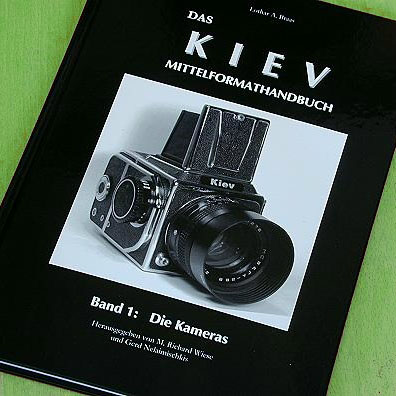|
"Joint ventures"
The aftermath of the
disintegration of the Soviet Union and the collapse of
the communist centrally-driven economies of East Europe
was for some people a very exciting time, with
opportunities and possibilities that most of them had
never seen before, or – in most cases – even dreamt of. The buzz
phrase was “joint ventures”. The idea was
that by combining the technical skills and the
manufacturing base of the until-recently communist
countries with the entrepreneurial skills of westerners,
who were assumed all to be experienced in meeting the
needs of demand-driven capitalist countries, the real
potential of the workers and thinkers of the communist
countries could at last be realised. At the same
time, money could be made.
Perceptions and
Myths
It is true that in the
ensuing chaos and high-level corruption in various
former-communist countries, extremely small numbers of
well-placed people, many of them from the former
communist élite, made vast fortunes. However, for
the overwhelming majority of ordinary workers, the
outcome was bleak.
As their countries opened their borders to
imports from the non-communist world, local industries
were not able to adapt fast enough. What was more,
in most countries people did not want to buy items “Made
in Russia” or made in any other former communist
country. Just
as “Made in West Germany” was believed to be synonymous
with “high quality”, so “Made in [the name of any former
communist country]” was believed to mean “low quality.” Decades of
shoddy workmanship and generally a total lack of quality
control had flooded the market in the Ost Bloc with
products that were often virtually rubbish, even when
new. In
modern parlance, we might say that “the brand” was
“toxic.”
The fact of the matter was that not everything made in
West Germany, or elsewhere in the western world, was of
high quality, and not everything made in the communist
countries was of low quality, but in marketing,
perceptions often matter more than fact, and not only
did consumers in the western world on the whole not want
to buy items manufactured in the former communist
countries; their own populations did not
want to buy them, either.
They believed, often mistakenly, that items
manufactured in capitalist countries must be better,
which of course was unlikely to be so in 100% of cases.
The result was that factories in all sectors and in all
former-communist countries soon closed down. They just
could not find a market for their products – whether
shoes, motorbikes, cameras, camera lenses or many other
products.
The digital
revolution
As they began to adjust in
the second half of the 1990s to the demands of world
markets, the traditional photographic industry
world-wide was hit by another revolution, from which it
has still not recovered: the advent of digital
photography. Initially,
the results from digital cameras were vastly inferior to
what film could produce, at least, with Medium Format
cameras, but it didn’t matter: digital technology was
what people wanted, and that is what they bought.
New
players
Given this scenario,
throughout the 1990s, small, new companies appeared in
former communist countries, offering exciting new
products, but then most of those companies disappeared
again just as fast.
It is still not clear to people who were not
insiders, there at the time, who was making what or
which advertised products actually were manufactured and
sold.
Enter Wiese Fototechnik
It appears
that it was this market that Richard Wiese and his
apparently small company from Hamburg, northern Germany,
entered. He
may have manufactured some items, but it would appear
that his main aim was to provide quality control and
minor improvements to items coming to him from the east. Worse, his
suppliers might be there one day and gone the next. Many of them
were probably ex-employees of formerly major state
companies such as Arsenal in Kiev, who used surplus
unsold stock and in small workshops designed and
manufactured largely-cosmetic improvements, such as more
stylish lens mounts.
These small concerns and their western partners also
sought to open up new marketing opportunities by
exploiting the well-known high optical quality of the
lens elements and the larger-than-necessary image circle
produced by many of them, in order to design and
manufacture shift and tilt lenses for medium format
cameras and for some smaller formats, principally what
is now known as “full frame” 35mm cameras (i.e., those
with the format 24mm×36mm). This is one
area where they appear to have succeeded, although in
such a specialist area of imaging, sales were never
going to be huge.
Some great products were produced, but usually in
extremely small quantities. A few years
later, they are very hard to find and usually command
high prices when they do appear.
|
